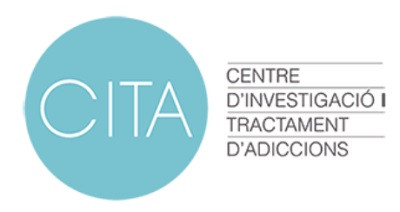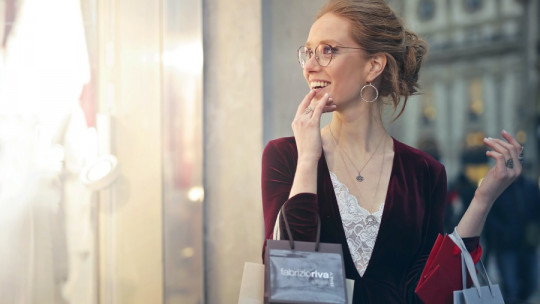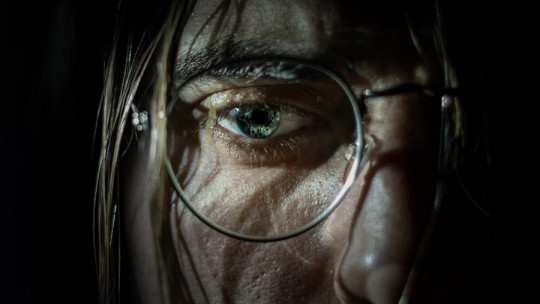Most people can control their impulses to buy repetitively even in a consumer society like the West; However, some people may develop problems containing their urge to buy compulsively, almost all the time and systematically.
That is the case of those who have a consumer addiction disorder an affectation characterized by an uncontrollable impulse and a constant motivation to buy without control and also by a feeling of relief once the purchase has been satisfactorily completed.
It is worth clarifying, in this regard, that technically it is not an addiction, but rather another type of psychopathology belonging to impulse control disorders known as “impulse buying.”
Addiction to consumption and purchasing products: 6 key characteristics
Thus, to know the main characteristics that define this psychological alteration of addiction to consumption and compulsive buying, below we will review several key ideas for its recognition on a daily basis.
1. Impulsiveness
Impulsivity is one of the main characteristics of consumer addiction. And, as its name suggests, people who suffer from impulse buying disorder feel an uncontrollable need to buy one or more specific products instantly so it is very difficult for them to stop focusing all their attention on that sensation (as long as they do not make that purchase).
When buying in any establishment, most people are able to control their desire to buy and are aware of their financial limitations. On the contrary, those people who suffer from addiction to consumption and purchasing products can hardly resist their desire to buy any product, no matter how unnecessary, as long as they do not have professional therapeutic support.
2. Shopping as a source of pleasure
Psychological professionals agree when describing that people who suffer from this type of consumer addiction disorder experience an intense feeling of satisfaction and pleasure when making any purchase whenever it is.
Therefore, it is due to this intense pleasure that the person addicted to consumption experiences when making a purchase, that said activity continues to be repeated and carried out systematically in the future. A vicious circle of frustration and satisfaction is thus generated.
3. High comorbidity
Consumer addiction disorder usually has a high degree of comorbidity, which means that It is common for the person to also have other psychological disorders together.
Some of these disorders are usually those related to mood, such as depression; Anxiety disorders, addiction to other chemical substances and eating disorders are also common.
Of course, this does not mean that anyone who has developed impulse buying is doomed to develop other psychopathologies; It’s just a statistical pattern.
4. Going shopping as an escape method
Another possible explanation that can be given to compulsive buying behavior is to consider this activity as an avoidance method with which confront a problematic reality or a vital lack of some kind.
This case may occur in some people who have a personal or work problem that causes them suffering or overwhelms them and that they do not know how to deal with. That is why these people often begin to buy compulsively to distract themselves from their daily worries or make up for any type of emotional deficit they may have.
5. Purchase phases
Most people who have impulse buying disorder usually go through the same phases with each purchase.
The first phase is anticipation and it begins when the person is approached by the impulse to buy in general or the need to purchase a specific product.
The second phase is preparation, in which a mental journey is made about how to get to the establishment where the desired product is sold and tangential questions such as considering how payment will be made.
The next is the purchasing phase, which generates great pleasure and satisfaction in the person, and finally you reach the spending phase, in which the person experiences great disappointment about the money spent disappointment and even anger and guilt.
6. Vicious circle
The feeling of guilt, frustration and discomfort generated by the purchase made can cause a series of depressive symptoms in the person in their daily life, which in turn will generate a new need to buy compulsively to experience pleasure and satisfaction again. associated with said action.
This often causes an increasingly accelerating vicious circle, leading to increasing physical and psychological deterioration in the person who suffers from said impulse buying disorder. Generally, this psychological disorder can be treated effectively.
Are you looking for therapy for addictions and lack of impulse control?

If you are having problems related to impulsivity and/or addictions, contact our team of professionals. In CITA Clinics We specialize in the treatment of this type of health alterations, and we offer both outpatient care and the possibility of entering our fully equipped residential module surrounded by nature. On this page you will find more information about how we work.









